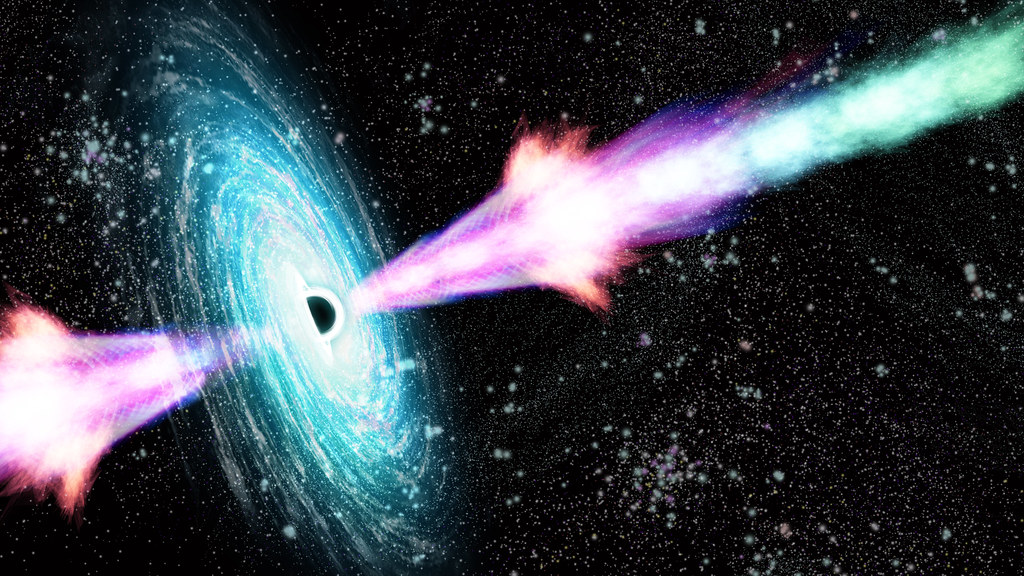On September 5, 2021, light from a very energetic gamma-ray burst (GRB) – an immensely energetic explosion that occurred in a distant galaxy – reached our planet. It had travelled for over 12.8 billion years to reach Earth. The glow started its travels when the Universe (thought to be 13.7 billion years old) was just 880 million years old.
In the months that followed this discovery, an international team of astronomers continued to observe the afterglow of the explosion to learn more about the event that triggered it. The team was led by Dr Andrea Rossi, researcher at the Italian National Institute of Astrophysics (INAF). Also involved was Professor Carole Mundell from the University of Bath.
The researchers concluded that the GRB responsible for the glow was one of the most distant and energetic ever detected. Not only, but its afterglow was one of the most luminous on record.
The scientists were also surprised to discover that despite the age of the event that gave birth to the GRB (named GRB 210905A), the phenomenon displayed properties (such as X-ray wavelength) that are remarkably similar to those seen in GRBs caused by cosmic explosions that occurred both much more recently and much closer to Earth.
“Thanks to our observations, we can conclude that the mechanism responsible for GRBs does not evolve with the Universe,” says Dr Rossi.
Professor Mundell, Hiroko Sherwin Chair in Extragalactic Astronomy and head of Astrophysics at Bath, was also involved in the research. She says: “As one of the most powerful and distant cosmic explosions yet found, this rare Gamma-Ray Burst joins a tiny club of such bursts discovered from early in the history of the Universe – and this one is from the brightest host galaxy ever detected.
"This discovery gives us new understanding and confirmation that massive stars – which live fast and die hard – are forming and evolving early in the universe."
First came the explosion
The GRB observed in this study was the 'long' kind, meaning it came from a black hole that would have arisen from the catastrophic collapse of a massive star. 'Short' GRBs are usually linked to the collision of compact objects such as neutron stars.
The light burst was first detected by instruments aboard the Neil Gehrels Swift Observatory in orbit around the Earth, as well as Konus-WIND, a GRB-hunting telescope operating in interplanetary space.
Observations continued for eight further months using an array of major telescopes both on the ground and in space. These included the Hubble, Swift and Chandra telescopes.
“Once again, we have shown that when dealing with transient phenomena, you need to be able to act quickly and have the right tools,” says Dr Rossi. “You have to be able to both observe the phenomenon when it is still bright to obtain a clear and unequivocal result, and then you need access to those facilities that allow you to cover a large wavelength range, from gamma-rays to X-rays, optical and radio.”
The researchers expect to deepen their understanding of the original explosion with the help of the recently launched James Webb Space Telescope.
“This telescope has just begun to demonstrate its incredible capabilities, promising to unveil the characteristics of the environment where the massive star at the origin of this GRB was born,” says Dr Rossi.
Most of the astronomers involved in the GRB study are members of the STARGATE collaboration, which brings together all those active in GRB follow-up with ESO facilities.
Professor Mundell says: “This is an exciting example of collaboration and coordination between scientists around the world, working together to gather, combine and interpret data taken using a suite of telescopes and detectors on the ground and in space, catching the fading light from this burst at energies across the electromagnetic spectrum – and in real time.”

